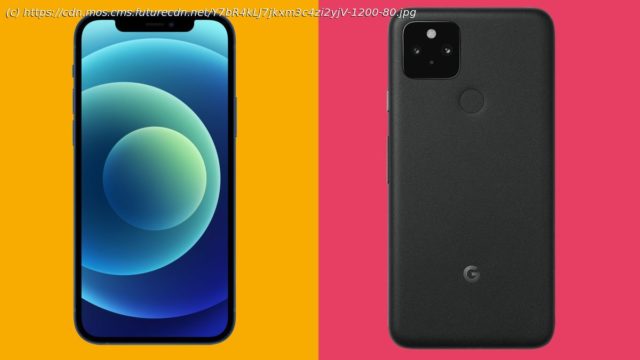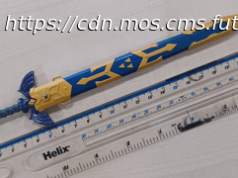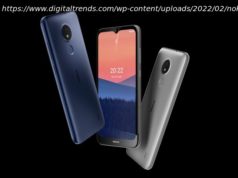Accessible luxury meets superb value as Apple and Google present contrasting smartphone visions
The iPhone 12 and the Google Pixel 5 aren’t just leading flagship phones – they’re standard bearers for the two major smartphone platforms in the world, iOS and Android. Indeed, comparing these two phones means pitching two of the world’s biggest tech companies against one another. Both Apple and Google have set out their stall for what the ideal smartphone should look like, from software up to hardware. So how do these two headline acts compare to one another? With a number of similarities and even more differences, it’s a truly fascinating comparison to make. The iPhone 12 landed on October 23,2020. Prices start from $799 / £799 / AU$1,349 for the 64GB model, moving up to $849 / £849 / AU$1,429 for 128GB and $949 / £949 / AU$1,599 for 256GB. The Google Pixel 5 was made available just a week or so earlier, on October 15,2020. There’s just the one Pixel 5 model out there, and it’s available for an RRP of $699 / £599 / AU$999 from the official Google Store. If we’re comparing entry models, that’s a $100 / £200 / AU$359 premium for the iPhone 12. But if we’re looking at a strict spec matchup, then the 128GB iPhone 12 costs $150 / £250 / AU$430 more than the 128GB Pixel 5. These two phones bear very little similarity in terms of external design, but both buck trends in their own way. In the case of the iPhone 12, it moves away from the obsession with smooth curves and rounded edges that appears to have taken hold of the wider smartphone industry. The iPhone 12 steps back to a time of flat surfaces and sharp edges, the likes of which haven’t been seen in a top-level phone since the iPhone 5S. With the Pixel 5, on the other hand, it’s a materials thing. There’s no glass rear panel here, nor is there even some form of hybrid plastic of the type seen in the Galaxy S21. Instead, Google has stripped things back to the metal, with a cool yet premium material that wraps right around the sides. There’s an interesting matte finish to this metal, too, which makes it feel a bit more like polycarbonate than your typical aluminum frame. The device is available in just two shades, Sorta Sage and Just Black, which rather pales next to the iPhone 12’s Silver, Graphite, Gold, and Pacific Blue options. Still, metal is metal, and the Pixel 5 would seem to be more robust than the glass-backed iPhone 12. However, it’s worth pointing out that Apple’s phone comes with a new nano-crystalline Ceramic Shield screen around the front, which is said to be four times stronger than competing materials. It also has a superior IP68 rating to a depth of six metres of water for up to 30 minutes. In terms of proportions, the iPhone 12 measures 146.7 x 71.5 x 7.4mm (HWD) next to the Pixel 5’s 144.7 x 70.4 x 8mm. This means that the Google phone is a smidgen shorter and narrower than its Apple counterpart, but also half-a-millimeter thicker. These are two of the lightest flagship phones on the market, too – although the iPhone 12 is the heavier unit at 164g compared to the Pixel 5 at 151g. We weren’t massive fans of the Pixel 5’s stiff, nondescript side buttons in our review. Conversely, the iPhone 12 includes premium metal switches and that glorious Apple alert slider. The Pixel 5’s speakers, while stereo like the iPhone 12, seem to have taken a step back, too. Another design difference is linked to a differing approach to biometric authentication. The Pixel 5 has a rather old-fashioned rear-mounted fingerprint sensor, while the iPhone 12 has a prominent screen notch for Face ID. It’s arguable that Apple’s approach is more advanced – yet, these days, the ability to unlock your phone wearing a mask is pretty darned useful.






